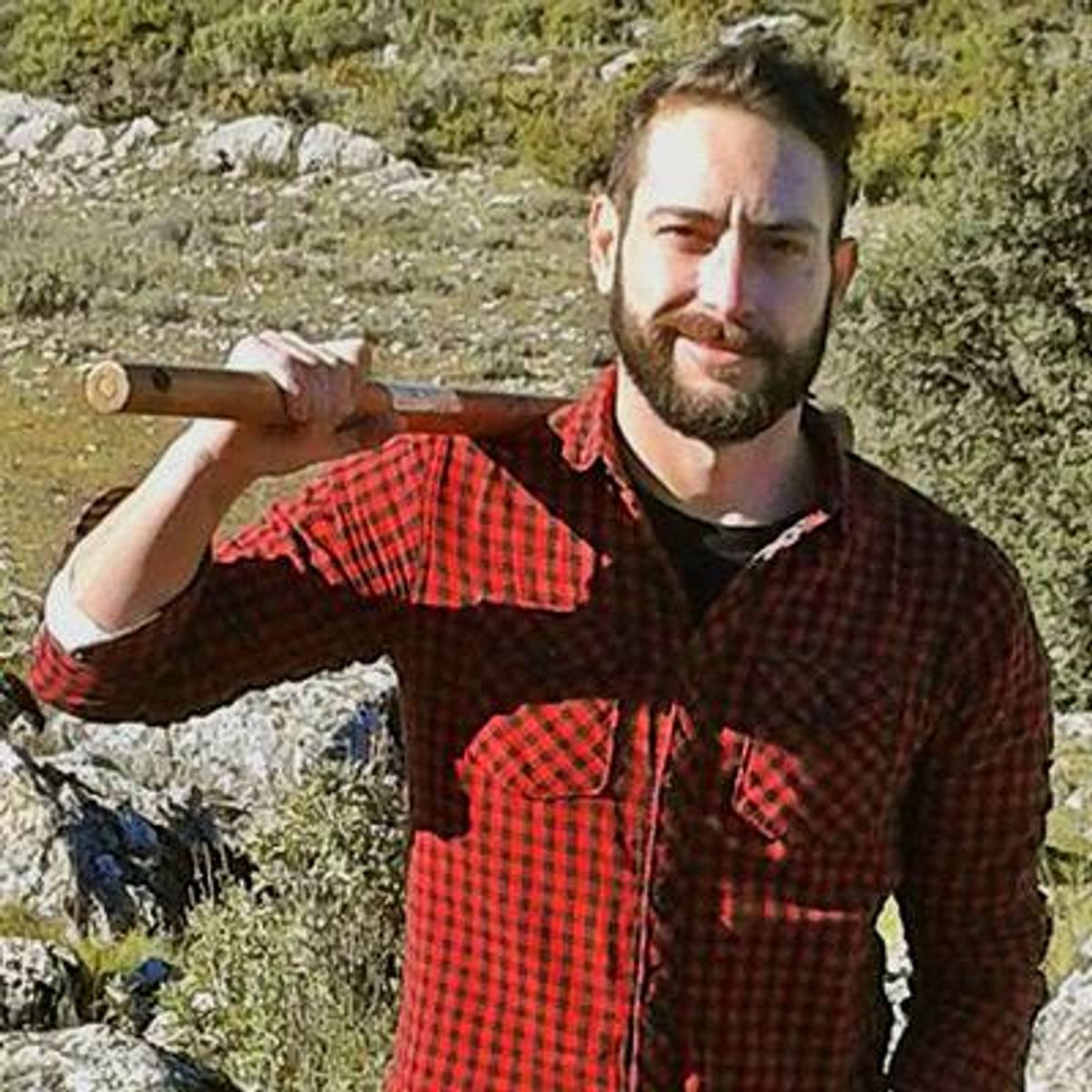
Fernando Bayona creates incredible scenery as part of his photographic exploration of the human heart.
January 17 2015 4:00 AM EST
November 17 2015 5:28 AM EST
xtyfr
By continuing to use our site, you agree to our Private Policy and Terms of Use.

Fernando Bayona's creations -- because to use the word photography would limit the scope of what he does -- have as many people and work hours devoted to them as a medium-sized independent film.
Bayona's explorations of various subjects, like the circus, fairy tales, the life of Christ, all come back to the theme of love and how it affects the story of the people involved for both the good and the bad.
The pastiche of references to be gleaned from closely examining his work is a satisfying harvest of pop culture, film noir, classic illustrators like Arthur Rackham, photographers like David LaChapelle and Diane Arbus, and the Dutch and Flemish painters of the 15th century.
Fernando Bayona was born in Linares, Spain, in 1980. He lives and works between Madrid and Milan. He has published five books, which showcase all his work to date as an artist. He is currently completing a doctoral thesis, which combines well with his work as a visual artist.
For more information check out his website, his Instagram page, and his Facebook page.
Once Upon a Time



Once Upon a Time


Long Long Time Ago


Long Long Time Ago


The Life of the Other
The series The Life of the Other is a research project made of 12 images that are halfway between documentary photography and staged photography.

Manuel and Juan are a couple. Manuel is male prostitute and Juan is a stripper. 4:04 a.m. Juan comes back home after a night working at a hen party bringing a couple of balloons in the shape of a heart and some pink bunny ears he got from one the guests of the party. Manuel has the results of a blood test which will change their lives from then onwards.
The project reflects upon the use of the body as working tool for three groups of professionals. These groups are both sides of the coin of desire. On one of the coin are the strippers and porn actors as unobtainable object of desire. On the other side are male prostitutes who are not just obtainable but occupy a somehow subordinate role.
The name of the project refers to the double set of identities these workers have in order to protect their privacy. They develop an alter ego as a sort of a virtual mask to differentiate themselves from who they are. To perform the tasks their profession requires they create a construct which mutates to adapt to the different demands of the customers, thus becoming -- consciously or unconsciously -- actors who have very particular type of existence.
The initial phase of the project was to interview those involved in it to get to know the real person beneath the mask to fully understand their reality. These interviews will work as the foundation to re-create one of those experiences. The mise en scene of these moments tries to bring to light those very private and intimate stories which tend to remain unknown by most people due to the stigma, the social rejection towards these professions.

Sergio, Spanish 25, and Amador, Brazilian 27, live in a 30-square-metre flat in the centre of Madrid. There is where Sergio takes care of his customers in the very same bed they share as a couple. Amador waits patiently on the other side of the wall for Sergio to finish making the fantasies and perversions of the clients come true while he holds their dog so it does not disturb the action.
The characters in the photographs are portrayed by professional actors, who help re-enacting the chosen moment, as well as the real protagonists of the story. This way the sex workers can preserve their anonymity even though their faces are exposed. A double fiction is created: one is the character which protects them from society, the alter ego, and the other the character they are interpreting at the time the photograph is taken. The viewer will not know who the real character is and who the interpreter or the interpreted is.
The project looks into the very particular characteristics of the lives these workers digging deeply into issues like repressed desires, relationships, sentimental problems, the cultural environment, immigration, the profile of the customers, different sexual practices, illness, solitude, social stigmas and double moral standards amongst many other resulting topics. The project depicts some sort of parallel reality where there are interacting determinants such as finance, culture, religion, healthcare and privacy.


What Never Was


What Never Was

